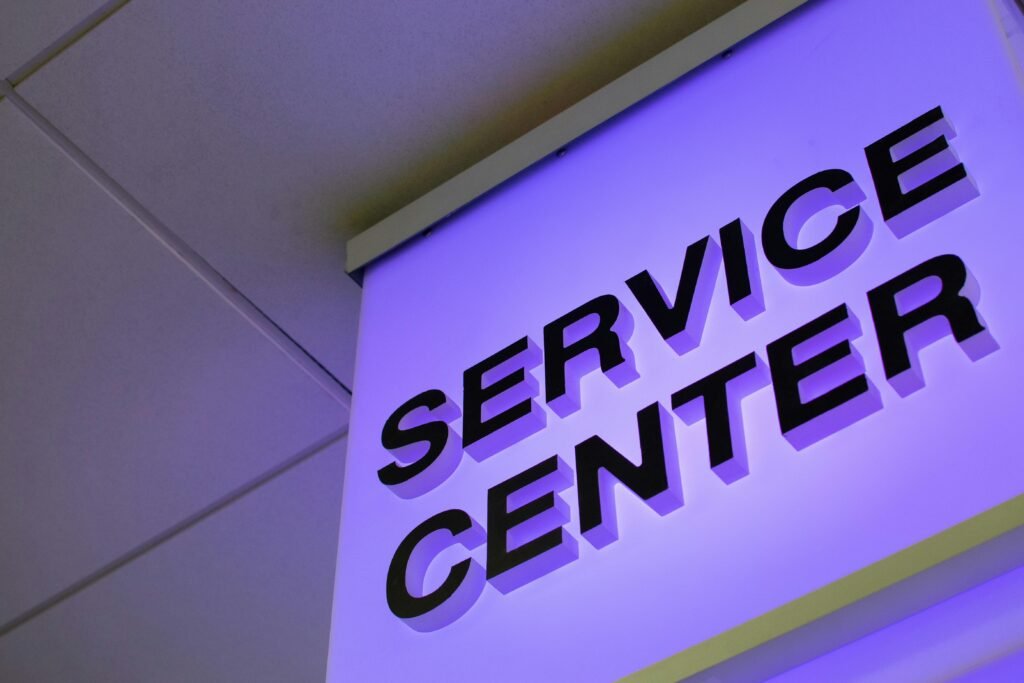Introduction
Creating a professional Shopify store is vital for standing out in the competitive world of eCommerce. A well-designed store attracts customers, builds trust, and drives conversions. Here, we’ll explore essential tips for designing a professional Shopify store that will enhance user experience, improve functionality, and ultimately increase sales.
1. Choose the Right Shopify Theme
Your Shopify theme forms the foundation of your store’s design. Select a theme that aligns with your brand identity and industry. Shopify offers a range of free and paid themes, but it’s crucial to prioritize responsive designs to ensure your site looks great on all devices.
Key Considerations:
- Responsiveness: Mobile-friendly themes are non-negotiable as over half of eCommerce traffic comes from mobile devices.
- Customization Options: Opt for themes that allow easy customization to match your branding.
- Performance: Choose a theme that loads quickly to reduce bounce rates.
The right theme can set the tone for your Shopify store’s professionalism, so explore various options to find one that meets your needs.
2. Focus on Navigation and User Experience
A professional Shopify store must have intuitive navigation. Simplify the customer journey by organizing products into clear categories and using a straightforward menu.
Tips for Improved Navigation:
- Keep It Simple: Use clear and concise menu labels.
- Search Functionality: Incorporate a search bar to help users find products quickly.
- Breadcrumbs: Guide visitors back to previous pages easily.
With streamlined navigation, customers are more likely to stay longer and make purchases, improving overall engagement.
3. Prioritize High-Quality Visuals
First impressions matter, and visuals play a significant role in how your Shopify store is perceived. Invest in professional product photography and use high-quality images across your website.

Best Practices:
- Consistent Style: Use a uniform background and lighting for all product images.
- Zoom Feature: Allow customers to view details with Zoom functionality.
- Include Videos: Product videos can significantly boost conversions by showcasing products in action.
High-quality visuals not only convey professionalism but also build customer trust and improve conversion rates.
4. Optimize for Mobile Devices
As mobile commerce continues to grow, optimizing your Shopify store for mobile devices is more important than ever. A professional Shopify store should deliver a seamless mobile experience.
Actionable Tips:
- Test Responsiveness: Regularly test your site on different devices.
- Minimize Pop-Ups: Avoid intrusive pop-ups that disrupt user experience.
- Speed Optimization: Compress images and minimize code to improve load times on mobile.
A mobile-friendly store ensures that you cater to a wide audience and maximize potential sales opportunities.
5. Leverage Shopify’s Built-in SEO Tools
A professional Shopify store should also be optimized for search engines. Shopify offers several built-in SEO tools to help improve your rankings.
Steps to Enhance SEO:
- Use Descriptive Titles: Include focus keywords in product and page titles.
- Meta Descriptions: Write compelling meta descriptions with relevant keywords.
- Alt Text for Images: Use descriptive alt text to improve accessibility and SEO.
With effective SEO strategies, your Shopify store will attract more organic traffic and improve visibility in search results.
6. Create Compelling Product Pages
Your product pages are the heart of your Shopify store. They should be informative, engaging, and persuasive.
Key Elements:
- Detailed Descriptions: Highlight product features, benefits, and specifications.
- Customer Reviews: Display reviews and ratings to build trust.
- Call-to-Action (CTA): Use clear CTAs like “Add to Cart” or “Buy Now.”
By optimizing your product pages, you can significantly enhance user experience and drive sales.
7. Simplify the Checkout Process
A complicated checkout process can lead to cart abandonment. Make it as easy as possible for customers to complete their purchases.
Best Practices:
- Guest Checkout: Allow users to make purchases without creating an account.
- Fewer Steps: Minimize the number of steps in the checkout process.
- Secure Payment Options: Display security badges to reassure customers.
A seamless checkout process reduces friction and increases the likelihood of completed purchases.
8. Utilize Professional Branding
Essential Tips for Designing a Professional Shopify Store is essential for building trust and creating a memorable shopping experience. Consistency across all touchpoints reinforces your store’s credibility.

Tips:
- Logo: Invest in a high-quality logo that represents your brand.
- Colors and Fonts: Use consistent colors and typography across your site.
- Packaging: If applicable, include branded packaging for delivered products.
A cohesive brand identity helps establish professionalism and leaves a lasting impression on customers.
9. Add Social Proof
Social proof, such as customer reviews and testimonials, can make your Shopify store more trustworthy. Highlighting positive feedback encourages potential buyers to make purchases.
Ideas:
- Showcase Reviews: Display product reviews prominently.
- Highlight Testimonials: Include customer stories or case studies.
- Social Media Integrations: Display Instagram posts or user-generated content.
Social proof is a powerful way to build credibility and increase sales.
10. Regularly Update and Test
A professional Shopify store is never static. Regular updates and testing ensure your site remains functional and appealing.
Maintenance Checklist:
- Update Content: Refresh banners, images, and product descriptions.
- Test Functionality: Check all links, forms, and checkout processes.
- Analyze Performance: Use Shopify analytics to monitor traffic and sales.
Continuous improvement ensures your store stays competitive and meets customer expectations.
Conclusion
Essential Tips for Designing a Professional Shopify Store, designing a professional Shopify store is a multifaceted process that requires attention to detail, creativity, and strategic thinking. By focusing on responsive themes, intuitive navigation, high-quality visuals, and robust branding, you can create a store that attracts customers, builds trust, and drives conversions. Regular updates, SEO optimization, and leveraging customer feedback enhance the shopping experience and maintain your competitive edge. Start implementing these tips today to transform your Shopify store into a thriving eCommerce platform.

